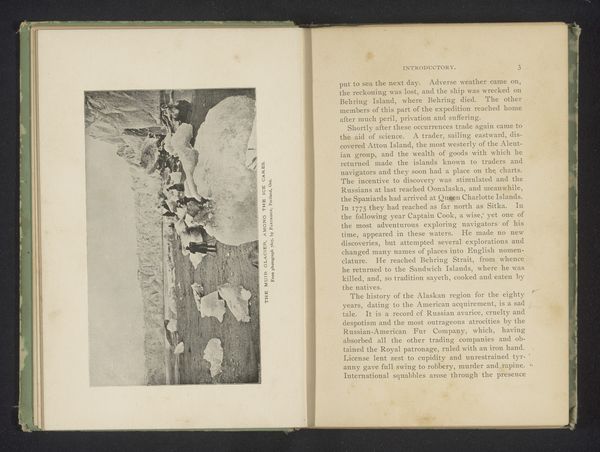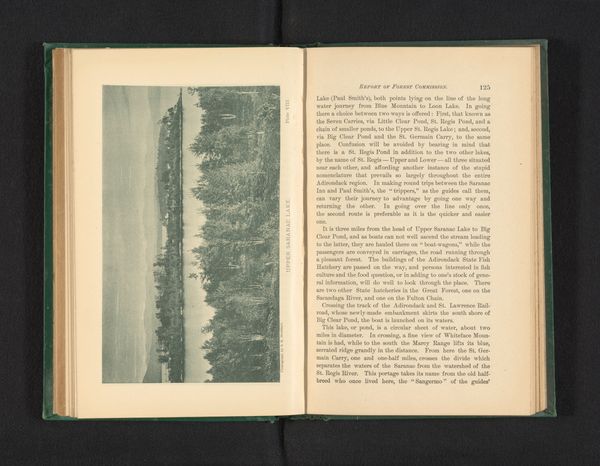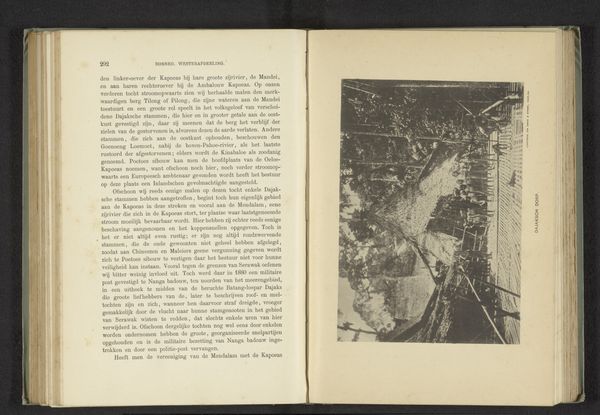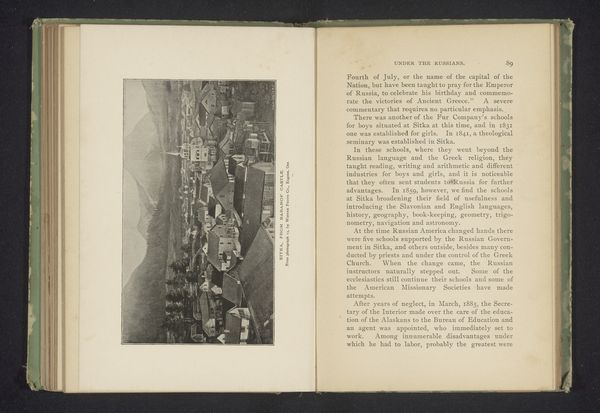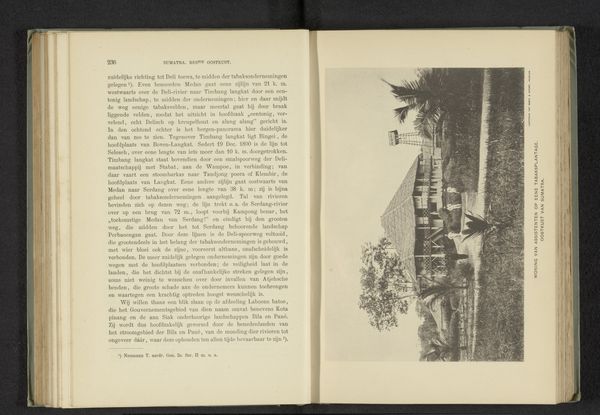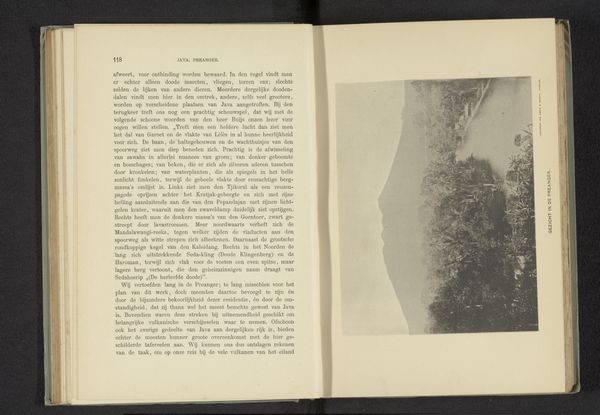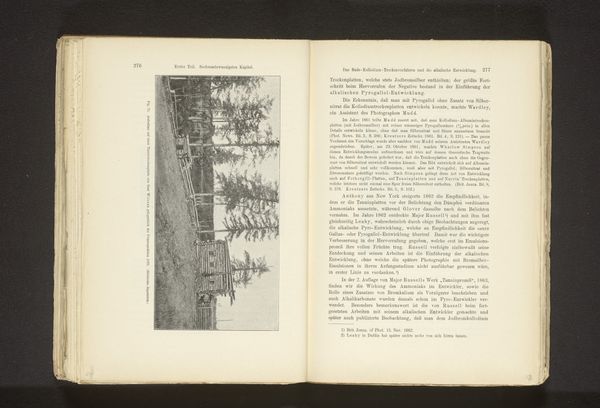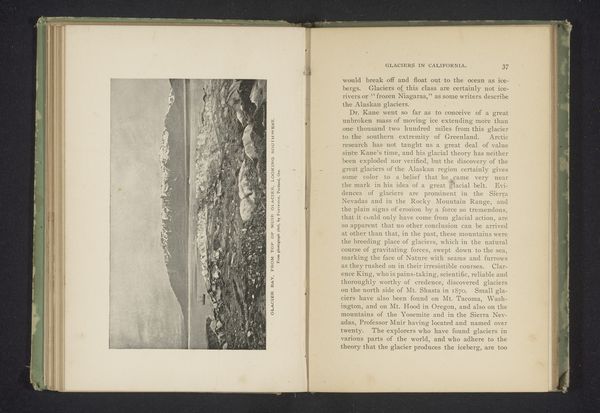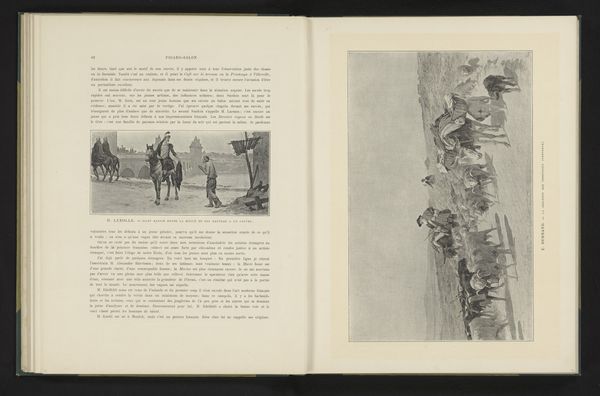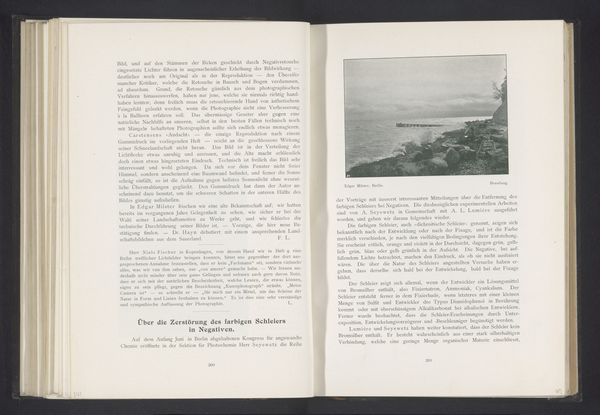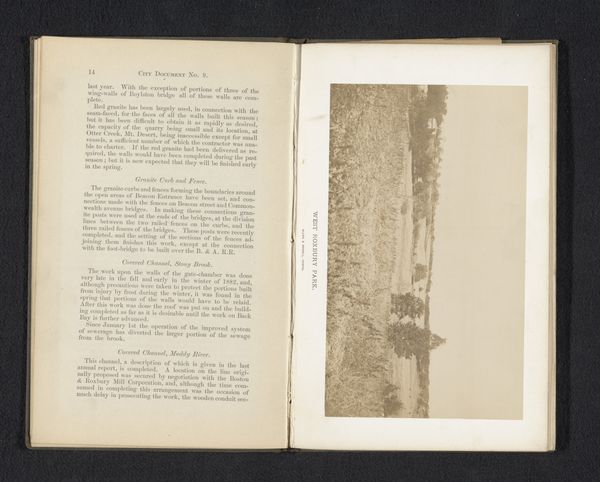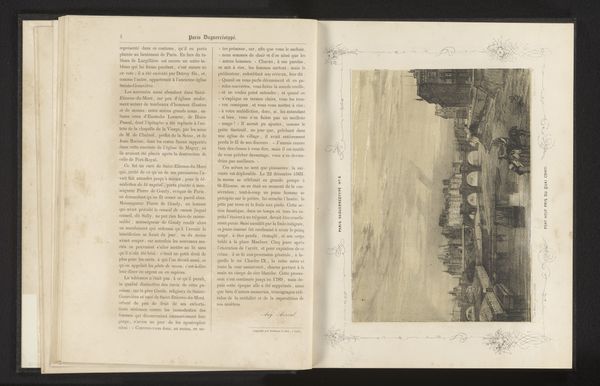
print, photography
#
dutch-golden-age
# print
#
landscape
#
photography
Dimensions: height 120 mm, width 148 mm
Copyright: Rijks Museum: Open Domain
Curator: Looking at this print of “Gezicht op de baai van Ambon,” or “View of the Bay of Ambon,” dating to before 1894 and residing at the Rijksmuseum, I'm struck by its almost dreamlike quality. The soft grays and whites create a hazy, ethereal atmosphere. Editor: I immediately noticed how the photographer situated themselves high above the scene, creating distance between us and this land, simultaneously emphasizing the depth of the bay. How do you think this composition reflects Dutch attitudes towards the region at that time? Curator: That's a great point to unpack. We know that Ambon was a crucial spice island in the Dutch East Indies, subject to intense colonial administration and resource extraction. So I read that sense of distance, that gaze from above, as a manifestation of colonial power, almost a way of visually claiming and mapping the territory for the colonizer. Editor: Right, it’s easy to forget, since we so often frame our perspectives through a lens of objectivity. But who gets to determine what that lens focuses on? I see a distinct flattening of the image. There isn't much differentiation in tones, which adds to its somewhat lifeless quality. Curator: I understand that impression. I agree that the lack of sharp detail emphasizes the idea of distanced observation. However, the inclusion of the fort suggests not only the power to observe but also to control the region. We can consider how such imagery could impact a Dutch public largely unfamiliar with the geographic specifics. It visualizes, if not mythologizes, a Dutch presence in a place they could only access via visual media. Editor: Considering that context truly makes this image even more haunting. It highlights the ways photography contributed to maintaining colonial projects by creating visual records infused with very specific, often ideological viewpoints. The medium became not simply a reflector of truth but an active participant in constructing perceptions of power and distance. Curator: Yes, and I think examining pieces like this reveals that landscapes are so often less about passive scenery, and more about who holds power within and over them. Editor: I leave with the image’s implications in my mind about visual storytelling and political and cultural dominance.
Comments
No comments
Be the first to comment and join the conversation on the ultimate creative platform.
